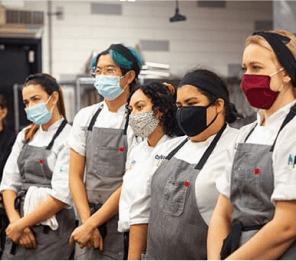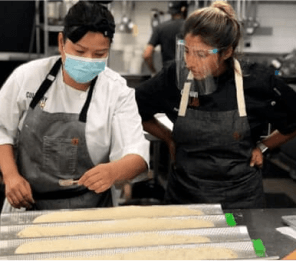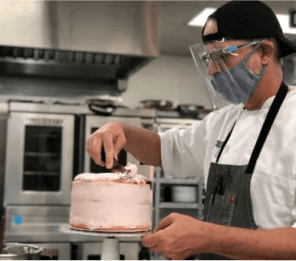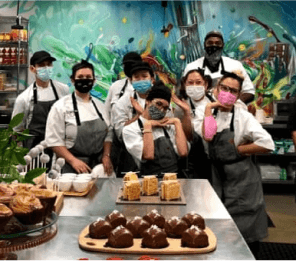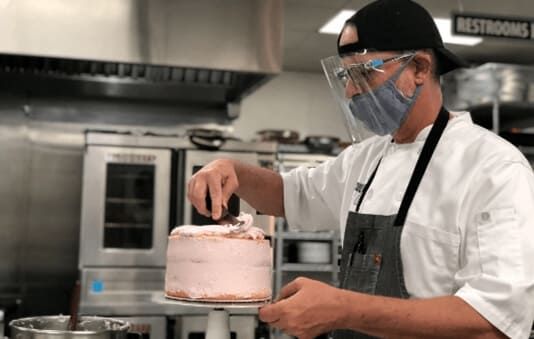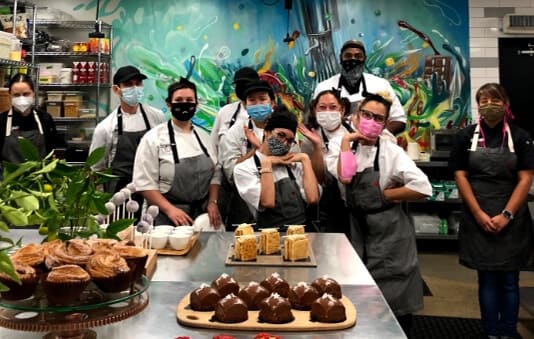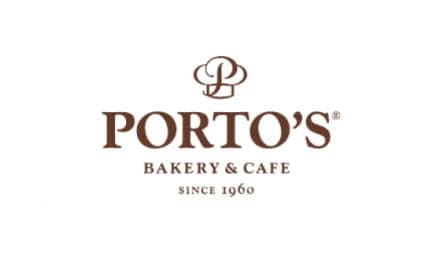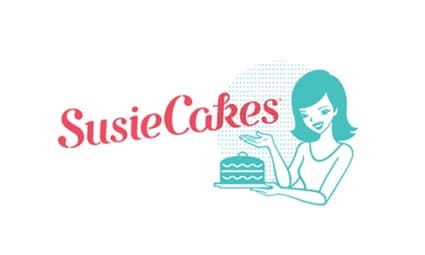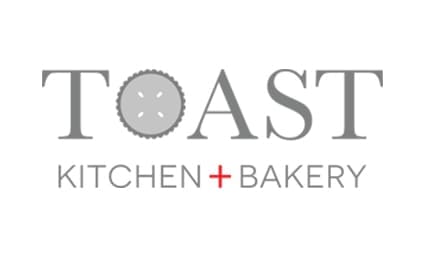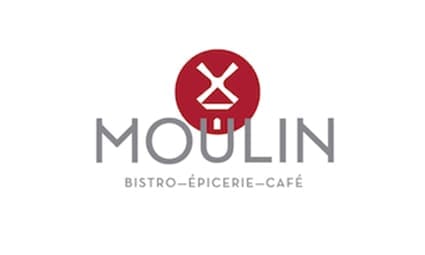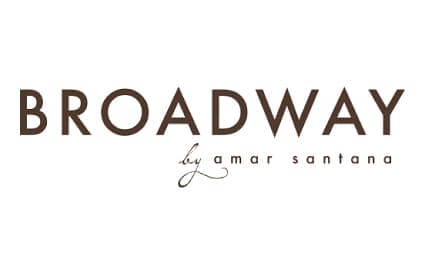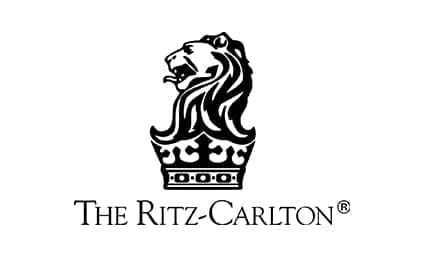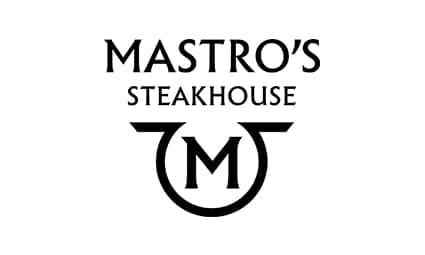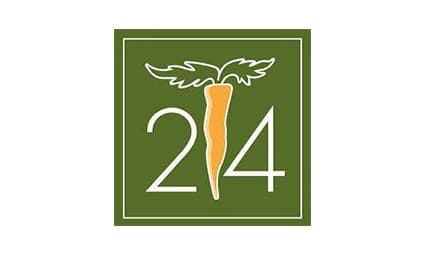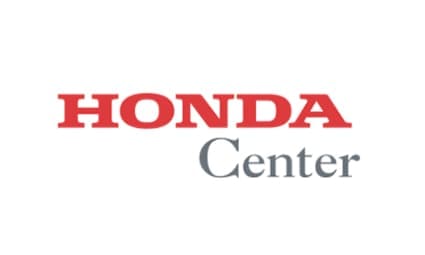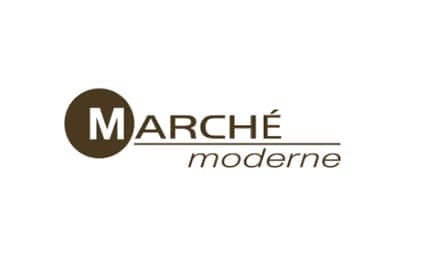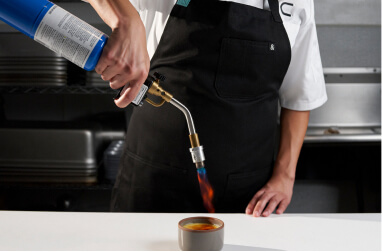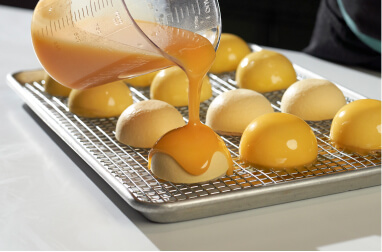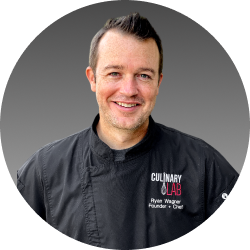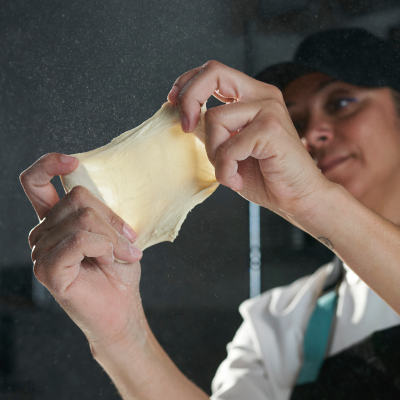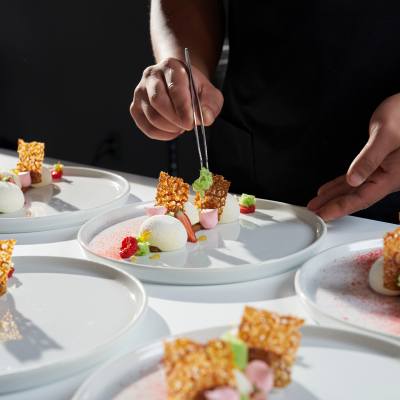Where are classes held?
CulinaryLab is located in Downtown Santa Ana at the 4th Street Market:
4th Street Market
201 E 4th St.
Santa Ana, CA 92701
Why is CulinaryLab so affordable compared to other culinary schools?
At $27,300 for the entire program, CulinaryLab is a fraction of what’s required for enrollment at traditional culinary schools. We keep fees as low as possible because we don’t believe it’s fair to stick students with high debt after graduation. This is also one reason why we place you in an apprenticeship. You’re able to make money that you can put toward your education or to cover your costs while learning.
Do you offer financial assistance?
While we don't accept FAFSA, we work with a student loan company to offer financing options. Keep in mind, during your 1,000 hour apprenticeship, you can make a minimum of $15,000 before graduation.
Can I choose my schedule?
We offer morning (7:00 am to 2:30 pm) and evening (3:00 pm to 10:30 pm) class options two days a week (Monday and Tuesday or Wednesday and Thursday) throughout the year. Our program is two days per week to accommodate students with outside jobs and/or family responsibilities.
Do you guarantee a job after graduation?
You graduate from CulinaryLab with the knowledge and connections needed to excel in a variety of culinary careers. A 1,000-hour paid apprenticeship program is part of the program. Many of our students stay at that job after graduation.
Do I have to take all the classes?
Chef Ryan and the team have narrowed down this program as much as absolute possible to teach students only what really matters. In order to leave CulinaryLab with the quality education and experience we think is necessary to succeed in the industry, students are required to complete all Five parts.
How soon can I get started?
Classes typically fill months in advance. However, we regularly start new sessions. If your application is accepted, you can begin in as few as 3 months.
COVID-19: What safety measures are we taking during COVID?
CulinaryLab takes many steps to ensure student safety, including mandatory face coverings, small class sizes, individual work (no partners), hourly disinfecting of high-traffic areas, and socially distant work stations.



